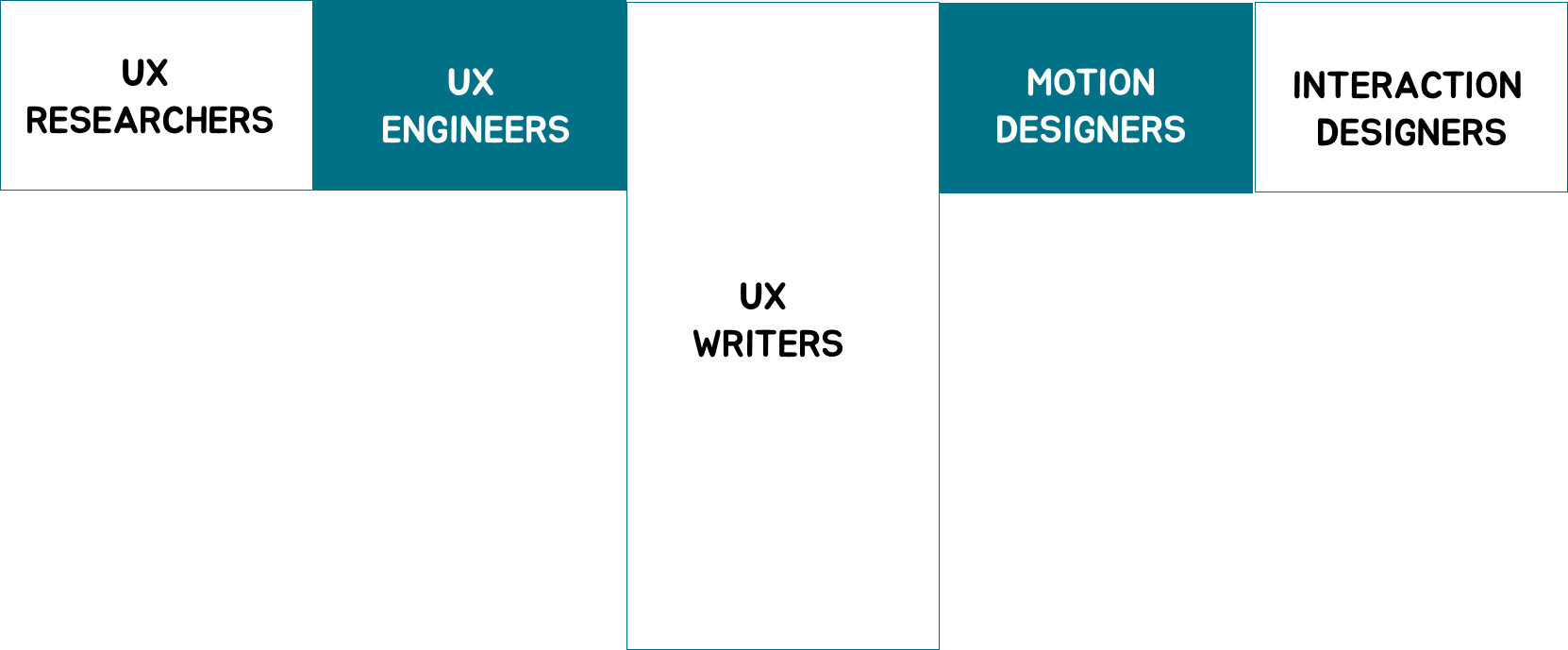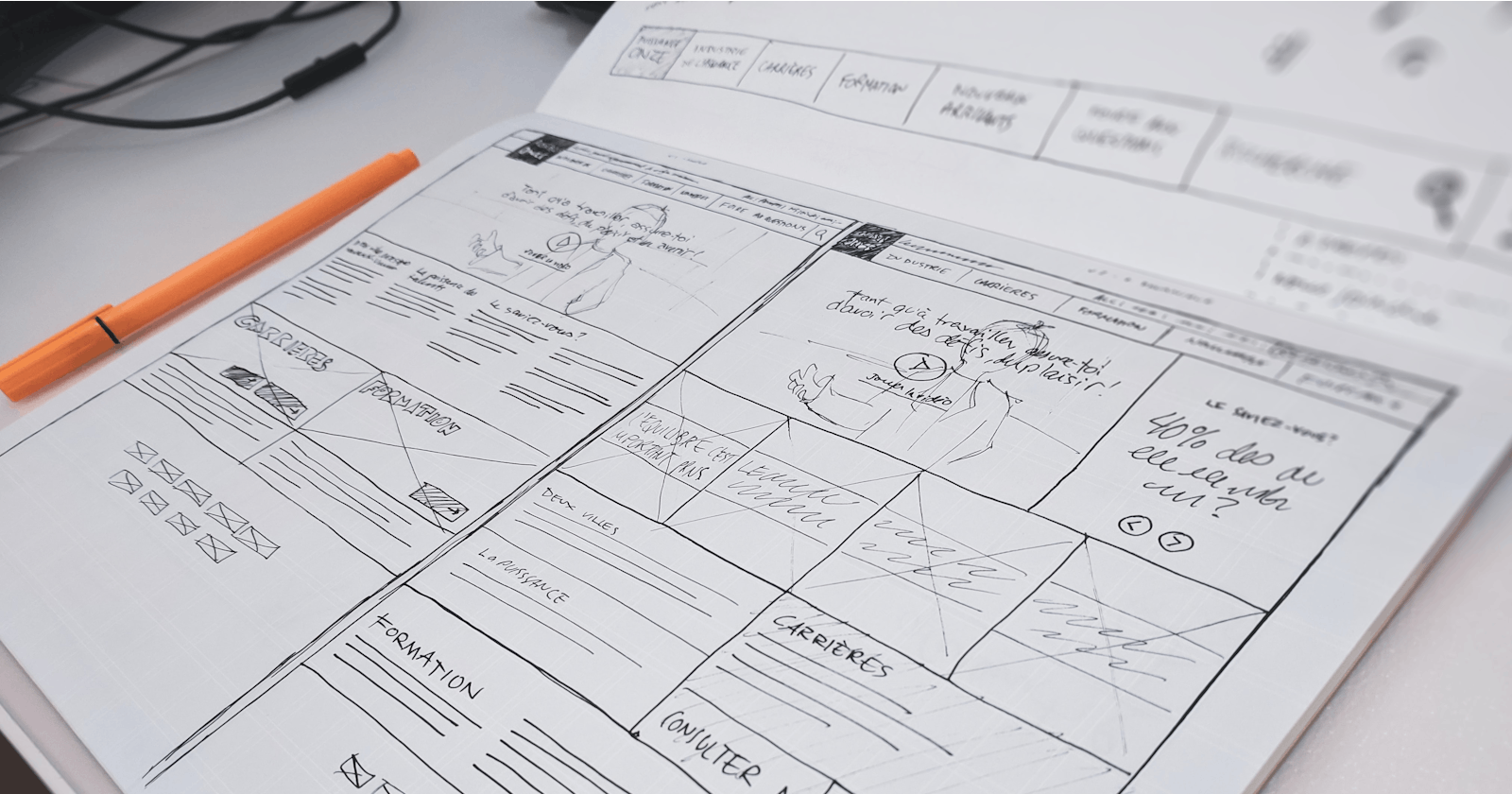Table of contents
While on our journey as UI/UX designers, it is important for us to understand the various categories of UX designers. But we cannot do that without understanding the whole concept of UI/UX itself. So first, we will have to define UI/UX.
UI(User Interface) focuses on the user’s visual experience. It prioritises the look, feel, and style of a digital product. This includes the colours, text, size, shapes, font styles etc. UX(User Experience) prioritises the interaction or experience the user has while using a product. For a product to be considered one with a good ux, then it must be created to provide meaningful and relevant experiences to its users(customers).
UX is quite broad and so there are various career paths in UX. This includes motion designers, interaction designers, visual designers, ux writers, ux engineers, ux program managers, and production designers. See this article to understand various career paths in UX .
Now that you have a proper understanding of what UI/UX is and the various types of UX designers, we can head straight into the purpose of this article.
UX designers can be classified into three groups: specialists, generalists, and T-shaped designers.
Specialists
Just as the word implies, UX design specialists focus on one or two areas of UX depending on their skills and the needs of their employers. They specialise in a single aspect of design and can be found in large tech companies. This category of designers works in large tech companies. These companies need and can afford to hire multiple designers to accomplish various tasks. An example of these companies includes Google, Microsoft,Meta, etc.

Generalists
UX designers that are versatile are called generalists. They are usually found in small companies that do not need or cannot afford lots of designers to work on the various aspects of the design. These designers are skilled in various kinds of ux career paths.

T-shaped Designers
These designers specialise in one aspect and also have knowledge of other niches. I.e. they have in-depth knowledge of one niche and broad knowledge of other aspects as well. These designers can be suitable for both large and small companies.

Conclusion
Now that you have a proper understanding of the various categories of UX designers, please let me know which category you belong to in the comment section.
If you found this article helpful, please share it with any designer or aspiring designer.
Connect with me on Twitter, Instagram, Linkedin and Github.
Thank you and I'll see you in my next post.
